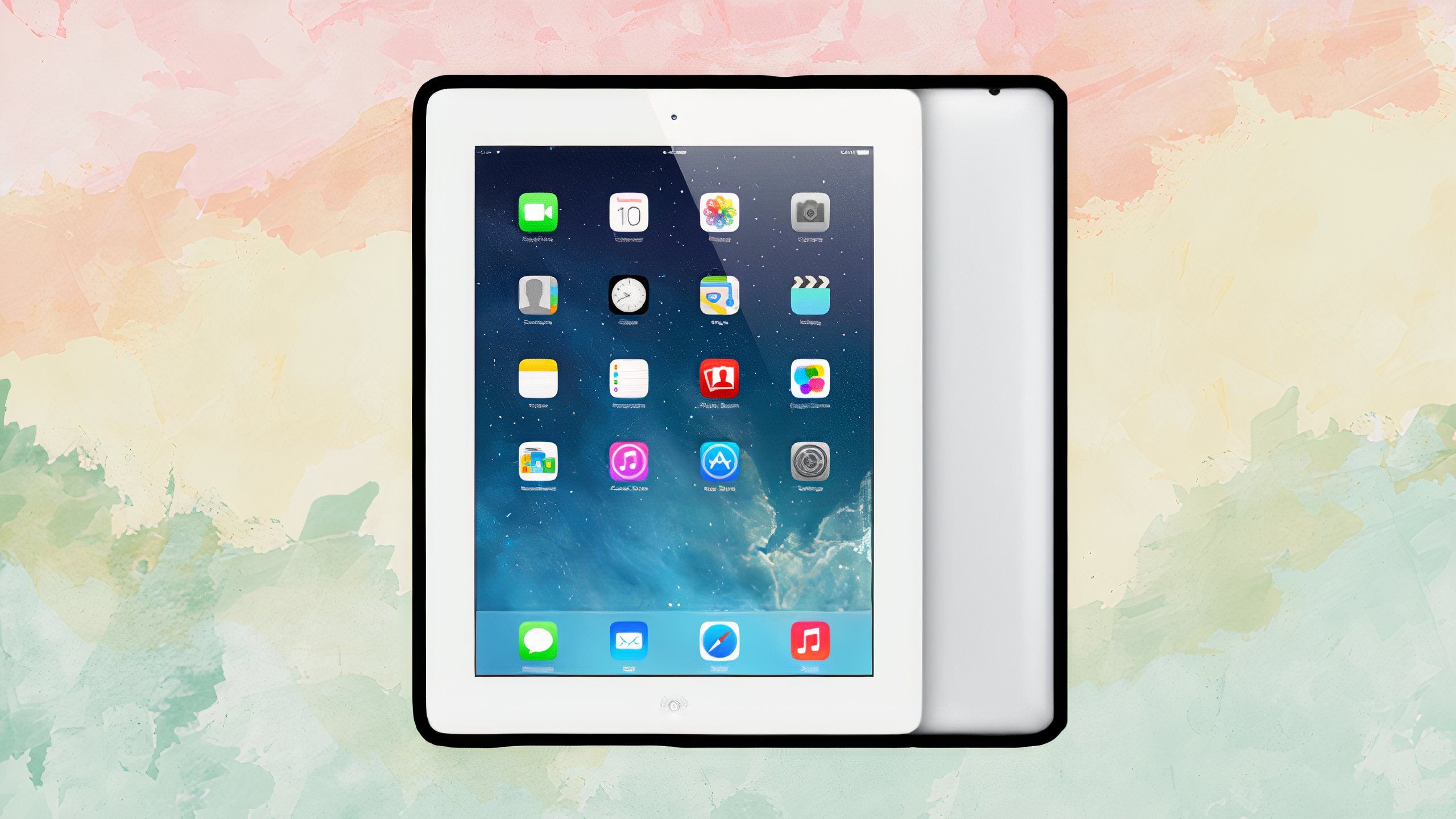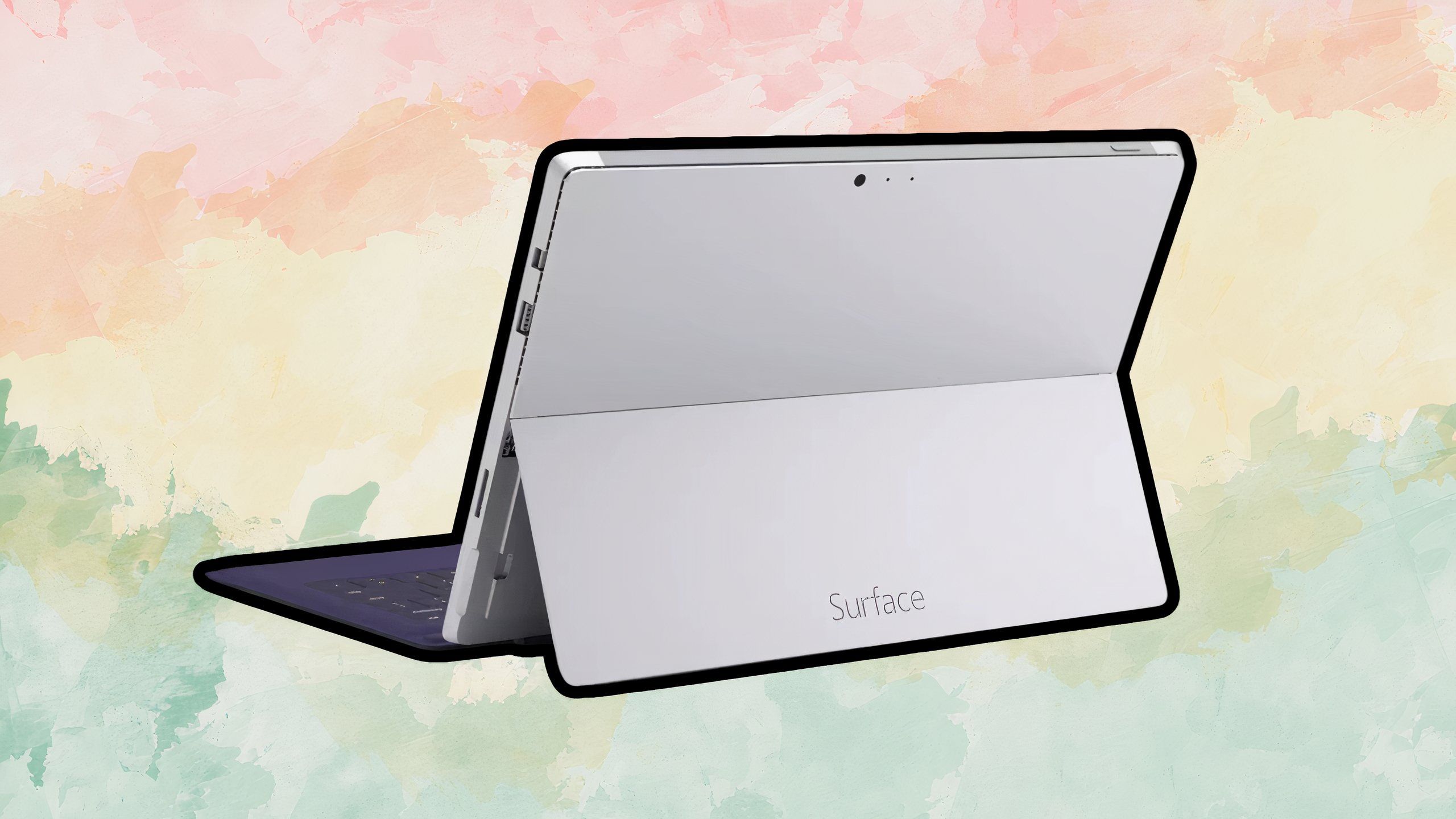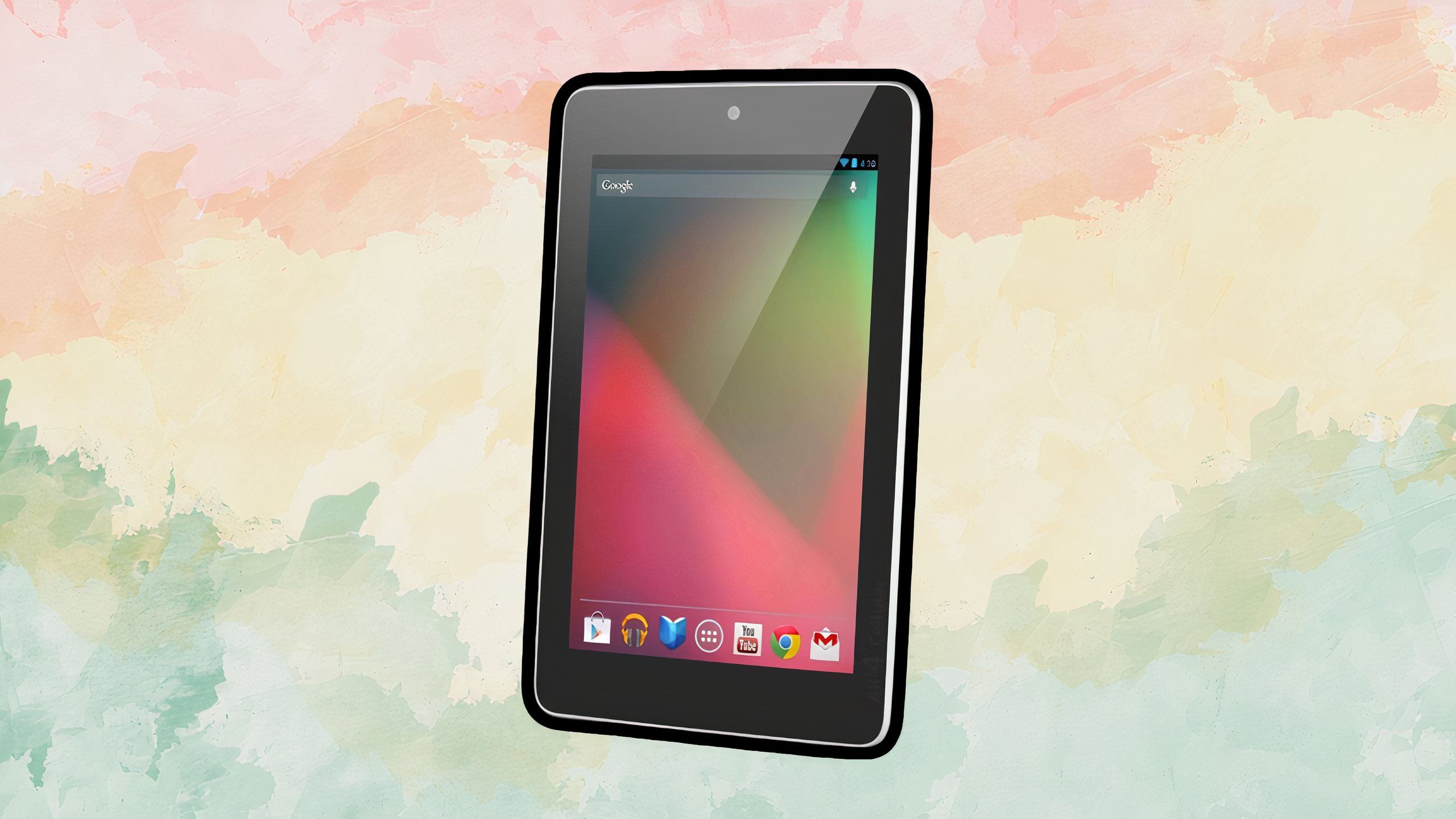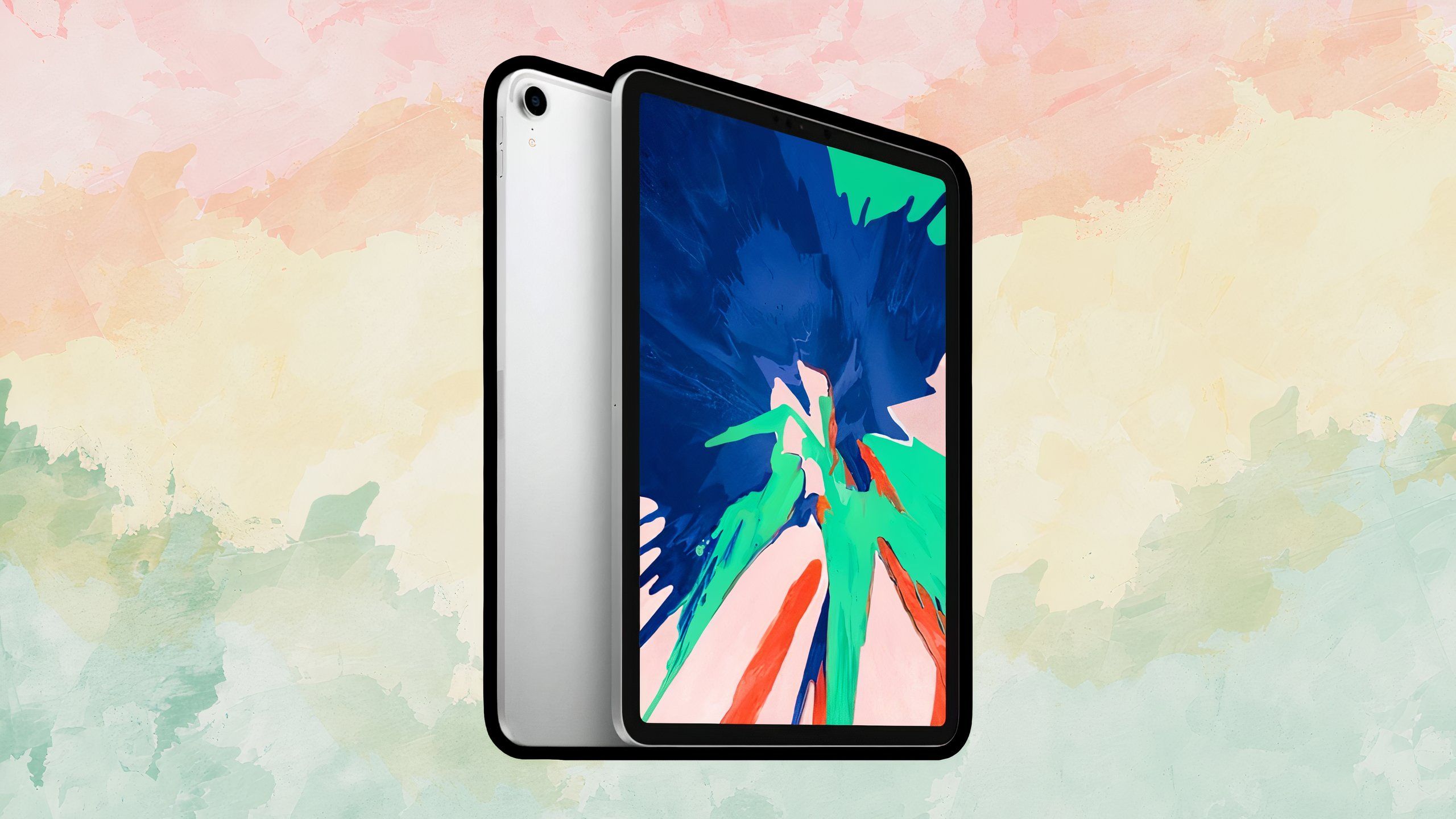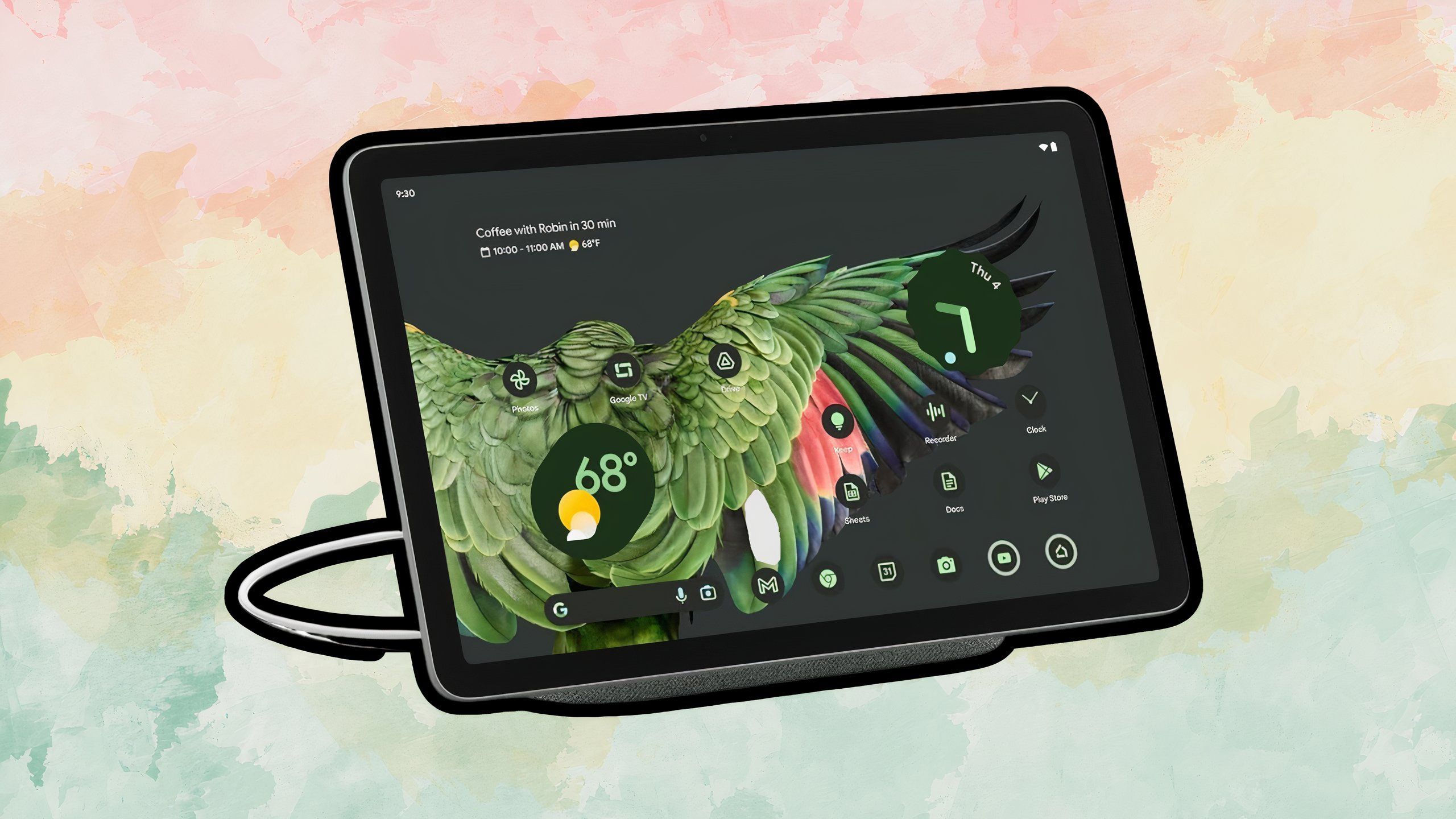Summary
- Tablet computers remain somewhat niche when compared to laptops and smartphones, but they represent a compelling form factor nonetheless.
- Over the years, we’ve seen a number of excellent and downright iconic tablets hit the market.
- Here are my picks for the tablet computers that changed the game, and that left a nostalgic impression on me all these years later.
It’s fair to say that in today’s large-screened smartphone and thin-and-light laptop-dominated market, tablet computers are in a bit of a bind. Since the beginning, tablet makers have attempted to carve out a niche for the form factor, with mixed success over the years.
Personally, I’m a big fan of tablet computers. They provide a massive digital canvas for content consumption, creative workflows, and, increasingly, for productivity-based tasks. Handsets and notebooks, by contrast, are limited by their small size and their dedicated keyboard decks, respectively.
It’s unclear what the long-term future will have in store for the tablet computing scene, but it’s fair to say that the product category has so far been endowed with a rich history. Here are five tablets that have left a major mark not only in the consumer tech space, but also in my personal slate-loving life.
Related
The best tablets from Apple, Samsung, and Google, and other top brands
Five of the best tablets for every user, with features like ultra-thin housings, detachable keyboards, and docking stations.
1 Apple iPad 2 (2011)
What a difference a year can make
Pocket-lint / Apple
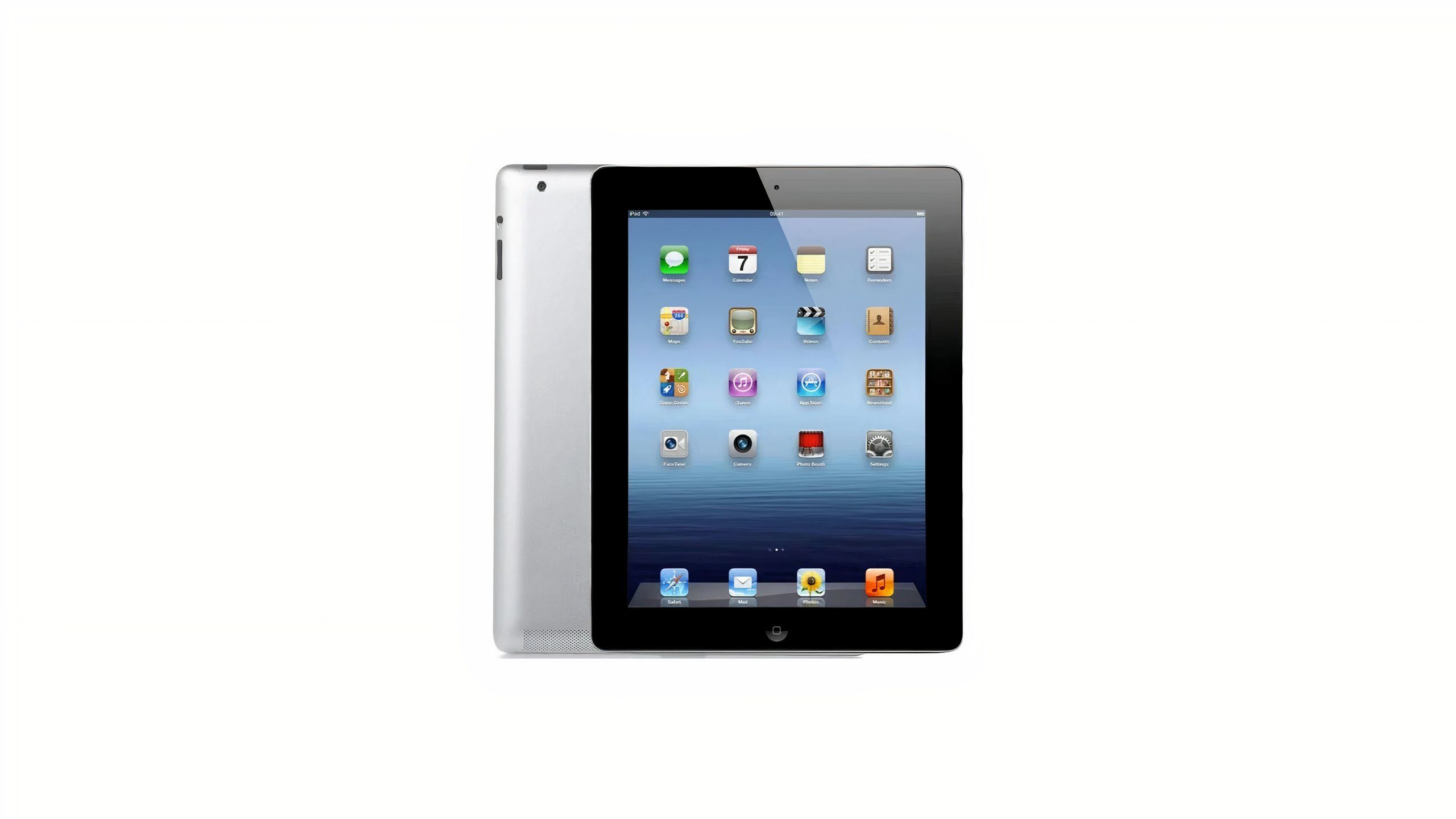
iPad 2
Apple’s iPad 2 brought a number of advances over the original iPad, the most notable of which being a significnatly thinner and lighter external design.
The original iPad is arguably the most iconic tablet of all time, owing to its touch-first interface paradigm and mobile-first operating system. That being said, it’s the iPad 2 that changed the game not only for Apple, but for tablet computing at large.
At 0.34-inches (8.8mm) in depth, and 1.33 lbs (601 g) in mass, the iPad 2 was shockingly thin and light for its time. As a direct sequel to the original game-changing iPad, the iPad 2 showcased the potential for the tablet form factor to shock and awe in its thinness
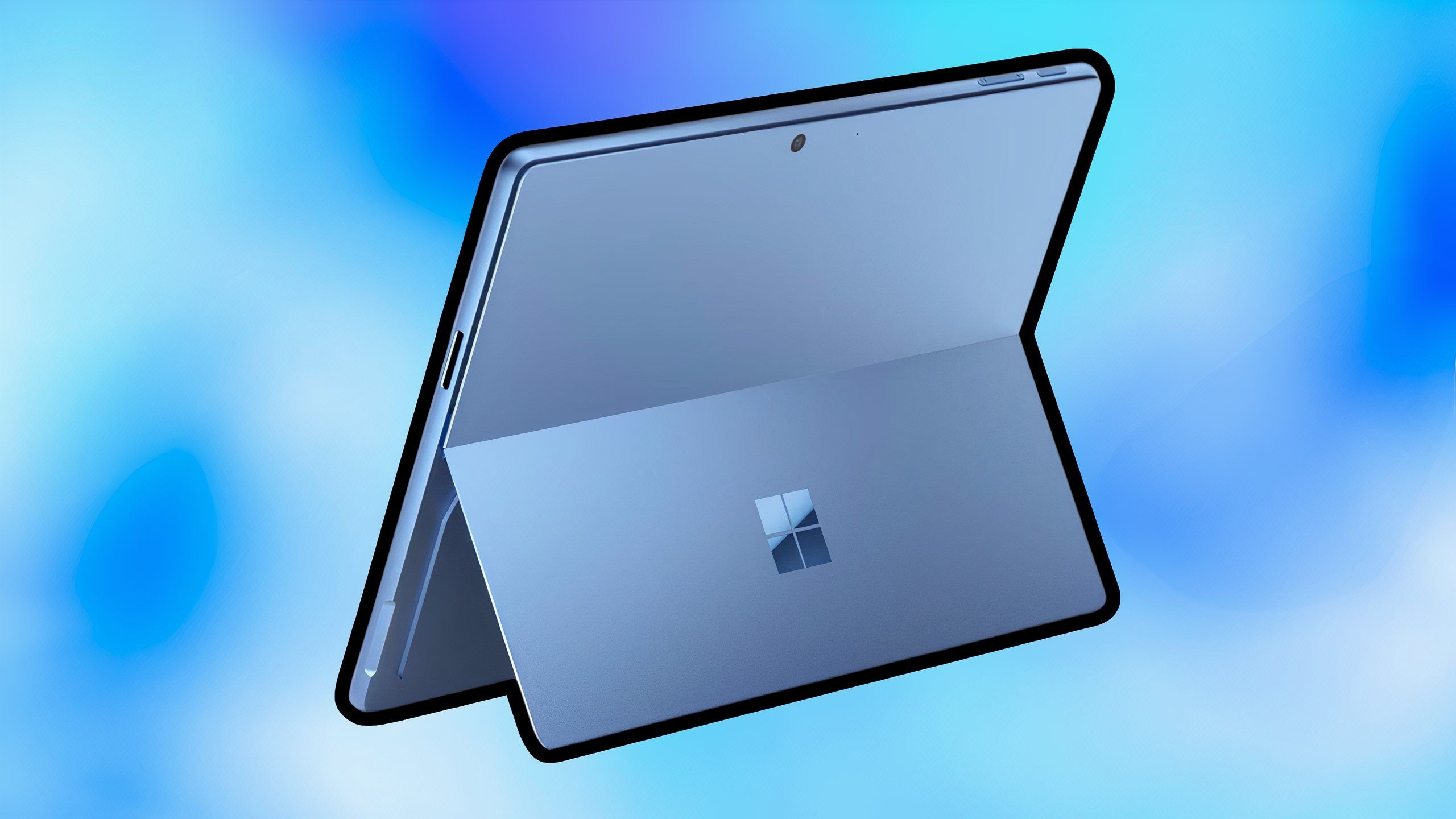
Related
Microsoft is reportedly ready to take on the 11-inch iPad Pro
According to an exclusive Windows Central report, Microsoft is planning on launching a smaller Surface Pro and Surface Laptop later this year.
2 Microsoft Surface Pro 3 (2014)
The slam dunk that Microsoft needed
Pocket-lint / Microsoft
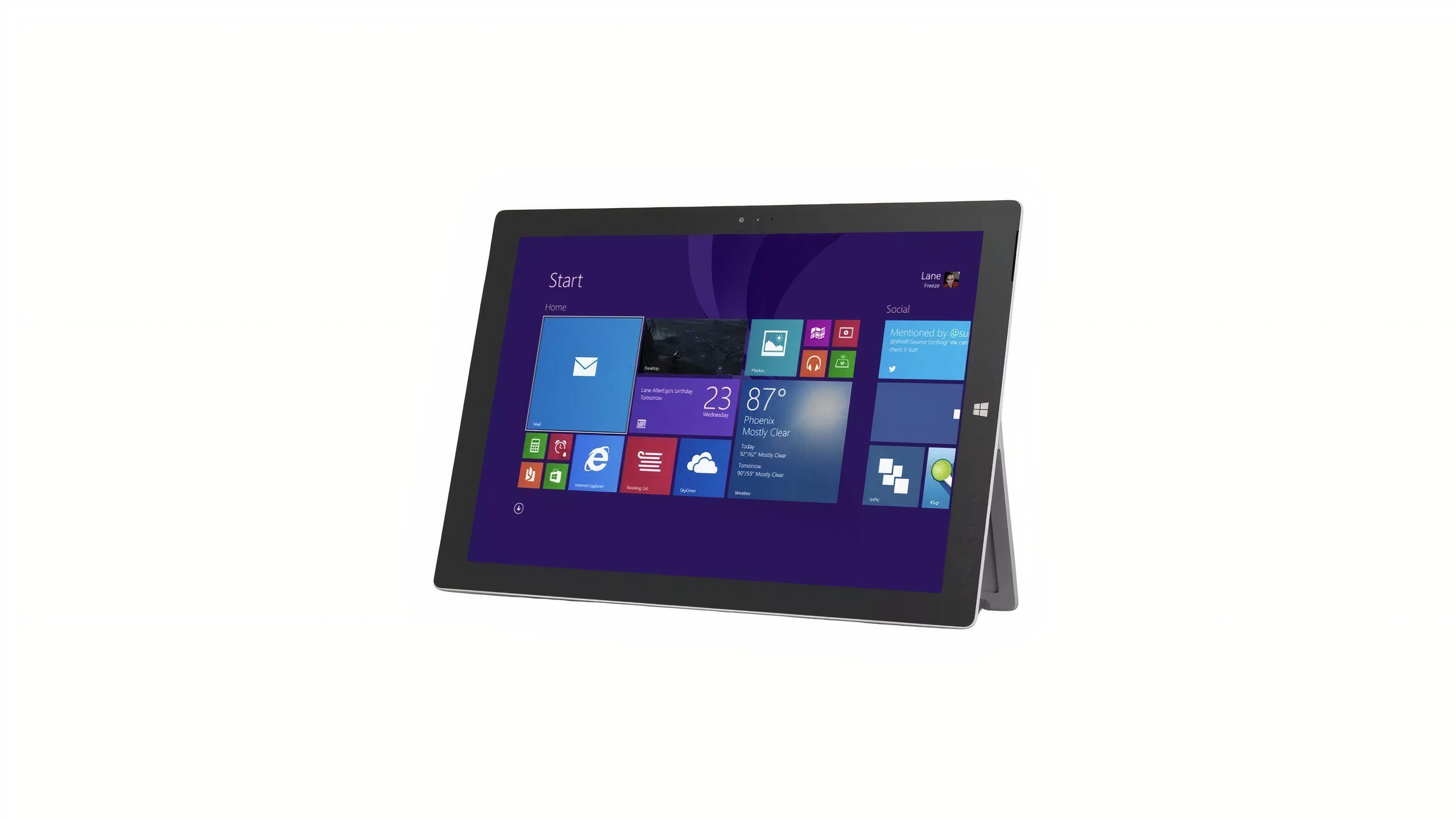
Surface Pro 3
The Pro 3 was Microsoft’s third-generation attempt at building a Windows-powered tablet under its Surface brand name, and it helped to cement the now-popular 2-in-1 PC form factor.
When Microsoft launched its first-generation Surface tablet hardware, reactions were mixed. The hardware was seemingly unrefined, Windows 8 was head-scratching to navigate, and the third-party mobile app situation looked rather bleak.
The Surface Pro 3, then, was a milestone release for Microsoft. It was this third-generation attempt at building a Windows-based slate that finally ticked all the right boxes. The internals were finally energy efficient, the design and external build were perfected, and it became clear that the company’s 2-in-1 PC formula was here to stay.
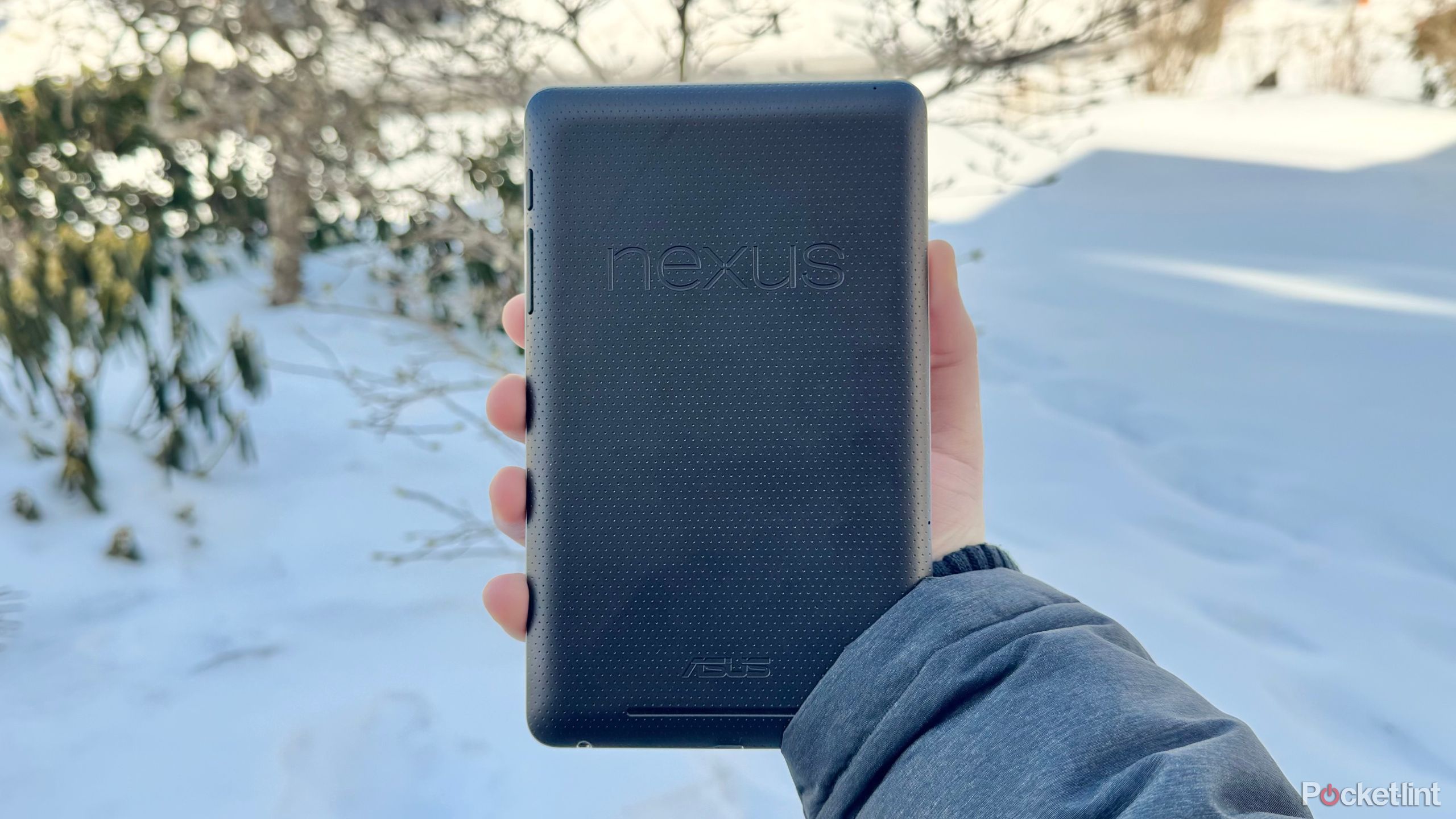
Related
Nexus 7 Pixel edition: it’s time for Google to resurrect the greatest tablet ever
Back in 2012, Google teamed up with Asus to launch the Nexus 7, a mini Android tablet – today, I’m still holding out hope for a Pixel Tablet Mini.
3 Asus / Google Nexus 7 (2012)
Compact tablets are endlessly charming
Pocket-lint / Asus / Google
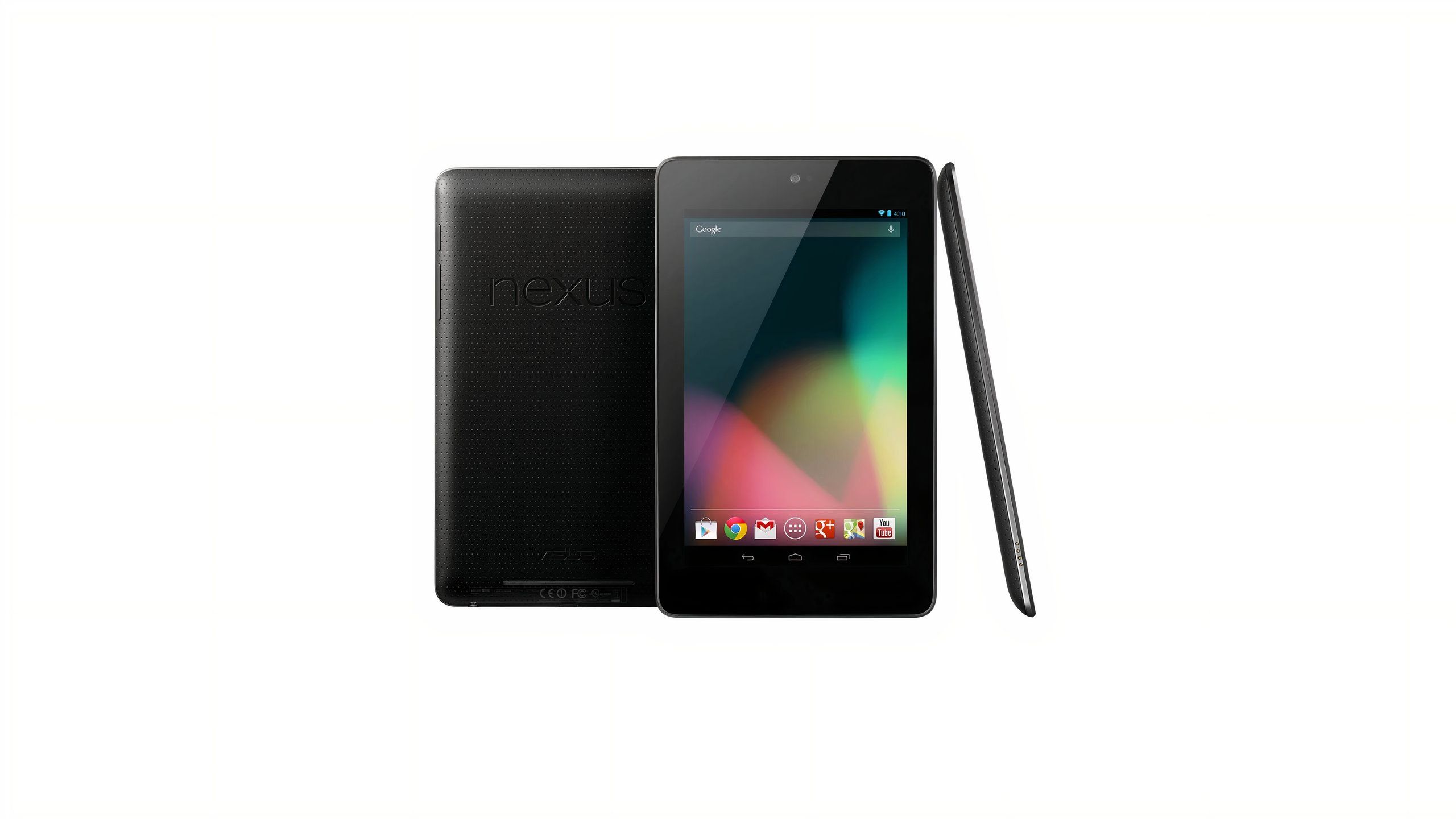
Nexus 7 (2012)
Google’s first attempt at crafting a mini-sized Android tablet, the 2012 Nexus 7 was built by Asus and featured a 7-inch display, an Nvidia Tegra 3 processor, and 1 GB of RAM.
There was a period of time in which mini-sized tablets were all the rage. Google capitalized on the early hype surrounding 7-inch slates by partnering with hardware maker Asus and building the now-iconic Nexus 7.
At launch, the Nexus 7 was fairly unremarkable from a hardware perspective, but its buttery-smooth interface, consistent Android update cadence, and attractive $200 (roughly $277 adjusted for 2025 inflation) price tag made the tab an instant hit on the market.
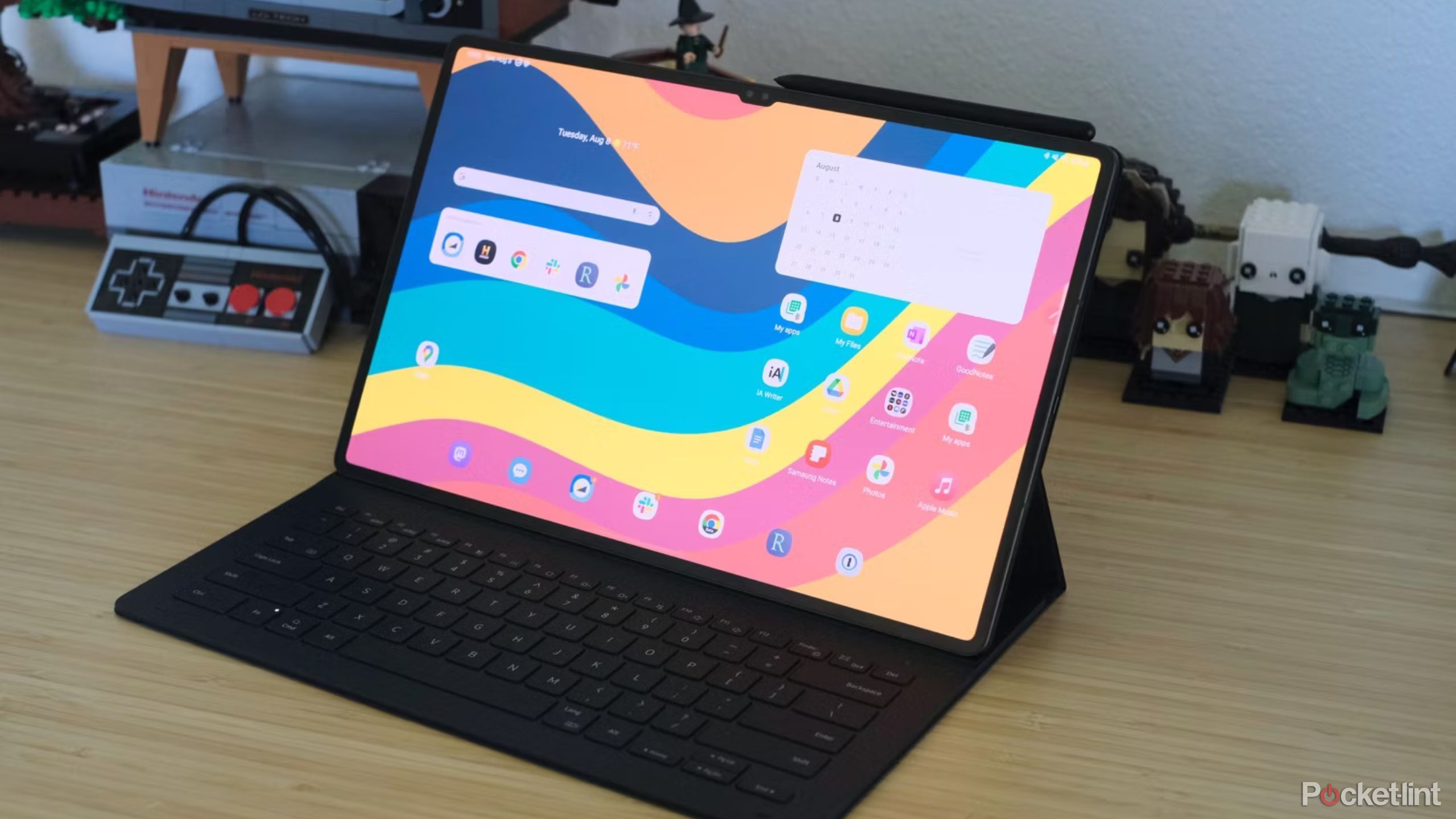
Related
The best tablets for graphic design
Stunning displays with a papery feel bring your graphics to life with these tablets for graphic design
4 Apple iPad Pro (2018)
The best tablet redesign of all time
Pocket-lint / Apple

iPad Pro (2018)
Apple’s 2018 iPad Pro came in both 11-inch and 12.9-inch sizes, and served as a major tablet redesign with symmetrical bezels and a boxier look and feel.
Apple has been building Pro-level iPad models since as far back as 2015, but everything changed with its third generation model in 2018. This particular model served as a major redesign, sparking the trend of angular chassis radii, rounded display corners, and uniform, symmetrical bezels.
The 2018 iPad Pro was so ahead of its time from a design perspective, that Apple didn’t feel the need to change it in any meaningful way until the release of the seventh generation Pro in 2024 — a full six years later.

Related
5 Pixel Tablet features that make me wonder how I managed before
A tablet made with AI and smart home integrations — you couldn’t ask for more, but Google delivers yet again.
5 Google Pixel Tablet (2023)
A tablet that dares to do things differently
Pocket-lint / Google
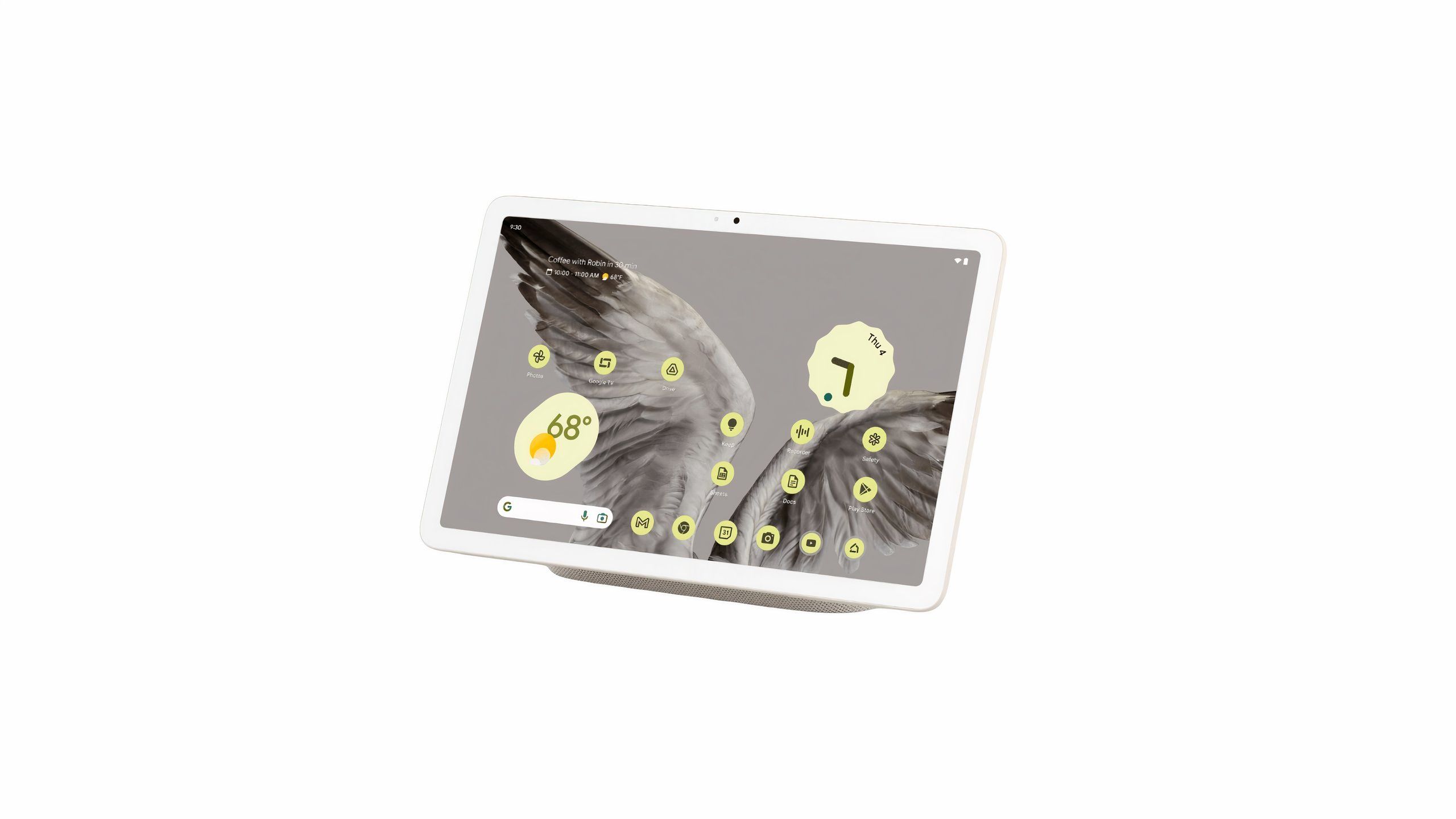
Pixel Tablet
The Google Pixel Tablet was released in 2023 and offers Gemini AI along with smart home integrations. Those make this a forward-looking tablet and offer flexibility in its use.
The newest tablet on this list, the Pixel Tablet, is a rather unique device. Google has had its hands in the tablet market for many years now, with both Android-based Nexus slates and ChromeOS-based Pixel tabs released in years prior.
With the Pixel Tablet in 2023, Google took a novel approach — it shipped a mid-range tablet with a dedicated speaker dock accessory in the box, and marketed the device as an at-home lifestyle accessory. I applaud the company for tackling the age-old issue of tablet juice draining while on standby, and for making the display useful at any and all times of the day.

Related
The next iPad should copy the Surface Pro’s homework
If tablets ever want to replace traditional PCs, they’ll need to start spawning more USB-C ports – so far, only the Surface Pro has gotten the memo.
Trending Products

15.6” Laptop computer 12GB DDR4 512GB SSD, Quad-Core Intel Celeron N5095 Processors, Home windows 11 1080P IPS FHD Show Laptop computer Laptop,Numeric Keypad USB 3.0, Bluetooth 4.2, 2.4/5G WiFi
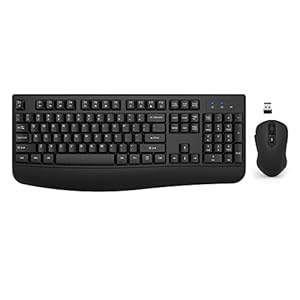
Wireless Keyboard and Mouse Combo, EDJO 2.4G Full-Sized Ergonomic Computer Keyboard with Wrist Rest and 3 Level DPI Adjustable Wireless Mouse for Windows, Mac OS Desktop/Laptop/PC (Black)

Logitech Signature MK650 Combo for Business, Wireless Mouse and Keyboard, Logi Bolt, Bluetooth, SmartWheel, Globally Certified, Windows/Mac/Chrome/Linux – Graphite

ASUS VA24DQ 23.8â Monitor, 1080P Full HD, 75Hz, IPS, Adaptive-Sync/FreeSync, Eye Care, HDMI DisplayPort VGA, Frameless, VESA Wall Mountable ,BLACK

TP-Link AXE5400 Tri-Band WiFi 6E Router (Archer AXE75)- Gigabit Wireless Internet Router, ax Router for Gaming, VPN Router, OneMesh, WPA3

GAMDIAS White RGB Gaming ATX Mid Tower Computer PC Case with Side Tempered Glass and Excellent Airflow Design & 3 Built-in 120mm ARGB Fans

Wi-fi Keyboard and Mouse Combo, MARVO 2.4G Ergonomic Wi-fi Pc Keyboard with Telephone Pill Holder, Silent Mouse with 6 Button, Appropriate with MacBook, Home windows (Black)

Thermaltake View 200 TG ARGB Motherboard Sync ATX Tempered Glass Mid Tower Computer Case with 3x120mm Front ARGB Fan, CA-1X3-00M1WN-00


